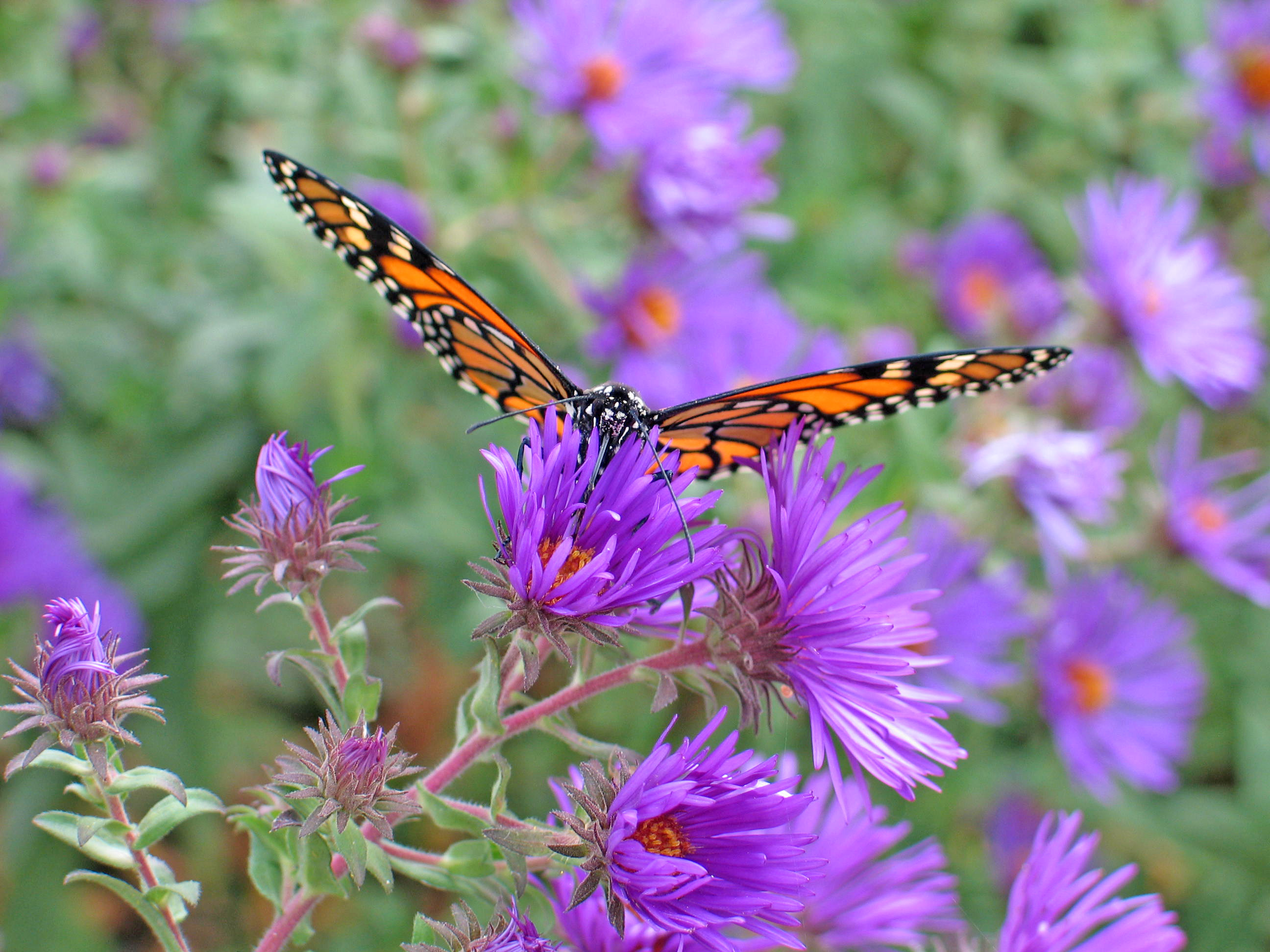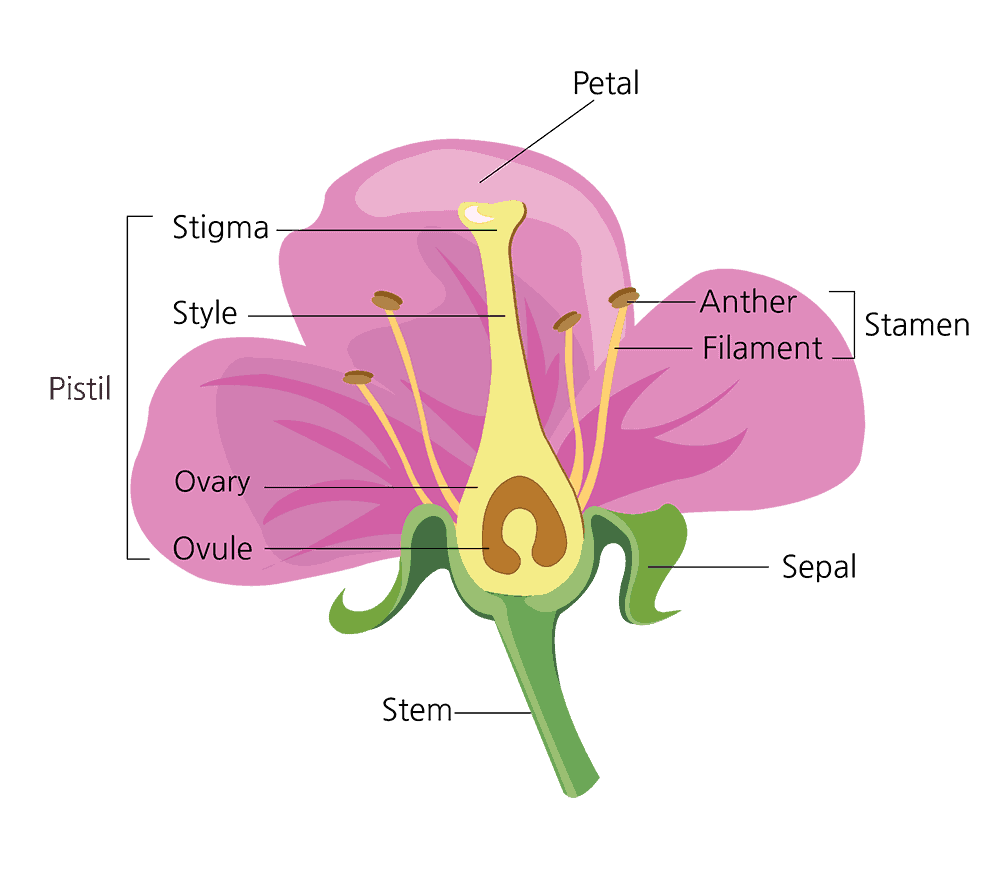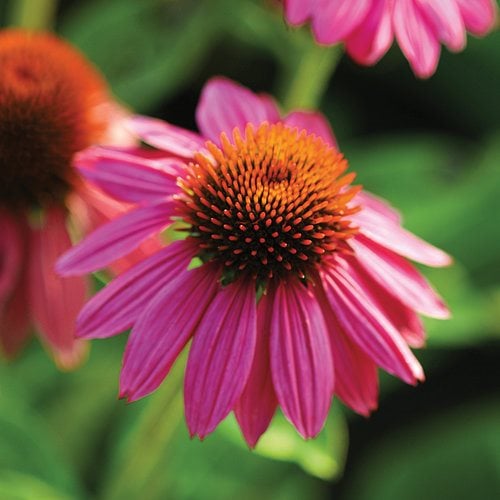
Asters are a specific plant order but they are also the largest plant order because they are so unique in the plant world.

All living things are divided into three categories: bacteria, archaea, and eukaryotes. For this discussion, we can ignore the bacteria and archaea, both single celled organisms that are very similar though they evolved separately with only minor differences on a macro level. Eucaryotes are what we first think of when we think of life. They contain our plants, animals, fungi, and a number of smaller microorganisms you may or may not be familiar with.

Plants are then divided into four distinctive categories: mosses, ferns, conifers, and flowering plants. Mosses are non vascular, meaning that they do not have an internal system to disperse food, water, and waste trough their bodies. Ferns do have this but they do not have seeds. They use spores to reproduce, similar to mushrooms (not in the plant family). Conifers, also called gymnosperms, have cones. Within cones, the seeds are exposed to the elements which allows them to be pollinated directly.
Flowering plants, or angiosperms, have, you guessed it, flowers! Different plant flowers may have all or be missing some flower parts but generally flowers contain a sepal, petals, pistol, and stamen. Sepals and petals are primarily utilized to attract pollinators or to protect the seed. The top of the stamen, the anther, produces pollen, and the pollen travels to the top of the pistol, traveling down to the ovary at the bottom where a seed will be produced.

Asters are both exactly the same and totally different. Take a look at this echinacea. How many flowers do you see here? One, or three if you look in the background. Nope! what you see here is called an inflorescence.

An inflorescence is a group of flowers all gathered together to form what our eyes think is a flower. Each of those petals you see is what is called a ray flower. The points in the middle are called disk flowers. Together, the form an inflorescence, a collection of flowers that, when all pollinated, can produce many seeds, one per flower. If you are having trouble thinking of this, consider a dandelion flower. When it goes to pappus (the fluffy flower), each little floof has its own seed. Each of those was created from its own disk or ray flower.
The evolution of making inflorescences was such an advantage to aster flowers that these plants have continued to evolve and spread more effectively than other plant orders. This has made them the most common plant family, more effectively tricking pollinators to investigate them to make even more seeds to spread. So this spring, when you look at the flowers around you, remember, there are even more flowers than you realize on that little aster.
Jillian Carnrick is the owner/operator of The Dancing Herbalist, LLC which specializes in clean, natural, and simple topical herbal medicine products.
